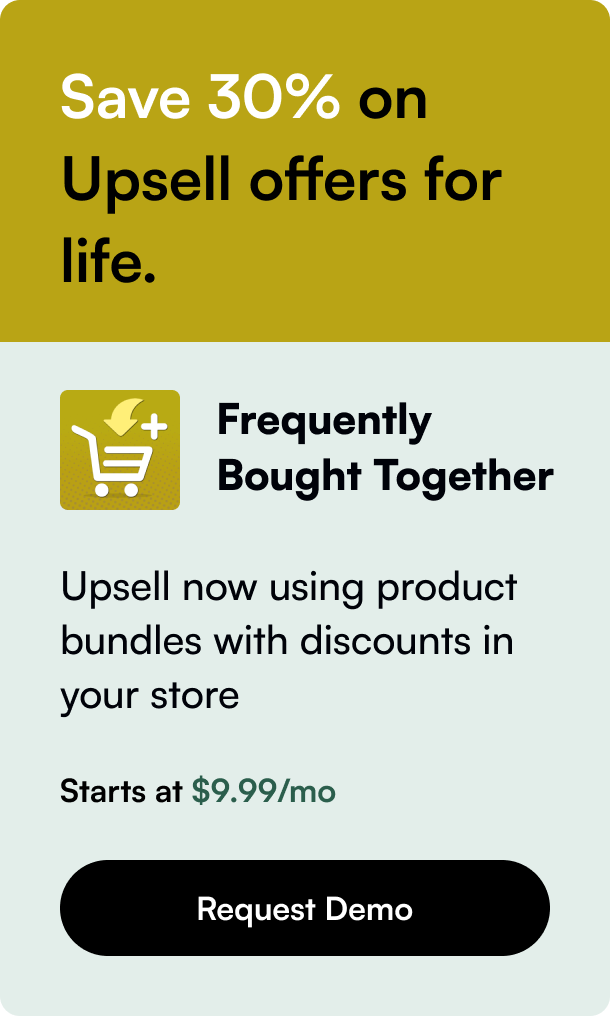Table of Contents
- Introduction
- Understanding Shopify's Ecosystem
- Innovation within Niche Markets
- Developing Standout Features
- Making Your Shopify Plugin Shine
- Financing and Revenue Models
- Marketing Launch and Post-Launch Strategies
- FAQs: Simplifying Complexity
Introduction
Are you interested in tapping into the ever-growing e-commerce market? Creating a Shopify plugin could be an excellent opportunity to provide value to online retailers and grow your business. As e-commerce platforms continually expand, merchant demand for tools that streamline their operations and enhance their customer's shopping experience also increases. This guide will walk you through creating a Shopify plugin, from concept to launch.
Capturing Reader Attention
Did you know that the average Shopify merchant uses six apps to handle their store operations? This statistic is a testament to the integral role plugins play in e-commerce success. Whether it's through adding new functionality or improving existing processes, plugins have become key to shaping the e-commerce landscape.
The Importance of Shopify Plugins
Shopify's comprehensive app ecosystem offers diverse solutions to merchants' challenges, from product sourcing to order fulfillment. The potential features and assistance these apps provide make them a crucial component of the Shopify experience.
Purpose and Scope of the Article
In this comprehensive guide, you'll learn the essential steps to create your own Shopify plugin. We'll explore market analysis, security consideration, app development, and finally, launch strategies. By the end of this article, you will have a clearer understanding of building a plugin that not only serves Shopify merchants well but also stands out among competitors.
Understanding Shopify's Ecosystem
Before diving into plugin creation, it’s critical to understand how plugins integrate with Shopify’s platform. Shopify allows for various types of apps, two being widely recognized: public apps available across the Shopify Store and custom apps created for specific merchants.
App Types: Public and Custom
Public apps target a wide range of users and are generally transactional or enhance merchant and customer interactions. Custom apps, on the other hand, are tailored to unique merchant requirements, offering a more personalized solution for advanced needs.
Shopify’s Infrastructure and Tech Stack
Shopify offers a flexible tech stack for developers, including a robust API and webhooks for app-building. With a focus on security and user experience, your plugin needs to align with Shopify’s standards and structures, such as using Shopify's Polaris design framework for consistent UX/UI.
Innovation within Niche Markets
Engaging in thorough market research before developing your plugin can highlight gaps within the app store, providing clues as to where your efforts might be best served. Many success stories orbit around finding niche problems and creating targeted, innovative solutions.
Identifying Merchant Challenges
Stay attuned to common pain points that merchants encounter. Engaging with Shopify's community forums and directly communicating with merchants can inspire ideas for your app. Once a pain point is identified, it becomes easier to conceptualize an app that directly addresses these issues.
Trends and Market Movements
E-commerce is rapidly evolving, and it's crucial to align your app development with industry trends. Continuing education and agility in adapting your plugin to the market can set the foundation for a successful Shopify plug-in.
Developing Standout Features
With a base understanding and research phase completed, it's time to develop your app. Crafting your hook lies not just in resolving merchant challenges but in doing so with innovation and superior performance.
Design Principles: Functionality and Aesthetics
Consider the user experience at the forefront. Your plugin should not only work seamlessly with Shopify's built-in features but should look good doing it. Consistency in design and function creates trustworthiness, a non-negotiable in the e-commerce landscape.
Security Best Practices
App security is paramount and non-negotiable. Strictly adhere to Shopify’s API License and Terms of Use, and best practices in asset protection and customer data integrity.
Making Your Shopify Plugin Shine
Build your plugin with enriching content formats that enhance engagement. Infographics, detailed explanations, and interactive elements cater to user experience, providing tangible value with each interaction.
Emphasized Features and USP
Highlighting key features that distinguish your plugin from others is essential. Consider what your plugin accomplishes that others do not – is it faster, more user-friendly, or does it offer more comprehensive insights? Know your unique selling point and ensure it's communicated clearly.
Financing and Revenue Models
The Shopify Partner Program is a final piece of the puzzle. It offers educational resources, developer environments, and an opportunity for revenue share. Consider the monetization aspect of your plugin early in the planning phase.
Marketing Launch and Post-Launch Strategies
Understanding Shopify’s Review Process
Before launch, your plugin will undergo an application review, assessing aspects such as functionality, user experience, and security. Ensuring your plugin meets all criteria before submission can streamline this process.
Marketing and SEO Strategy
Once approved, focus on the visibility of your app within the Shopify ecosystem. Use SEO strategies and compelling app descriptions to make your plugin discoverable. Invest in marketing efforts, such as social media or cross-promotion via other apps to generate initial traction.
FAQs: Simplifying Complexity
What metrics indicate success for a Shopify plugin?
Successful plugins often exhibit high installation rates, positive reviews, and low uninstallation rates. Metrics that measure active use and transactional throughput can also give insight.
Is it crucial to have an e-commerce background for app development?
While not mandatory, understanding e-commerce pain points and the Shopify platform’s nuances can significantly benefit the development cycle.
How should a plugin manage updates and client feedback?
Creating a feedback loop with your users and incorporating their insights into regular updates could ensure your plugin stays relevant and retains users.
Challenging the marketplace with something of true value can be rewarding, so take this guide not only as knowledge but as encouragement. Stand out, innovate, and be the solution to untapped needs within the Shopify ecosystem!
Built to inform, thanks to programmatic SEO.








